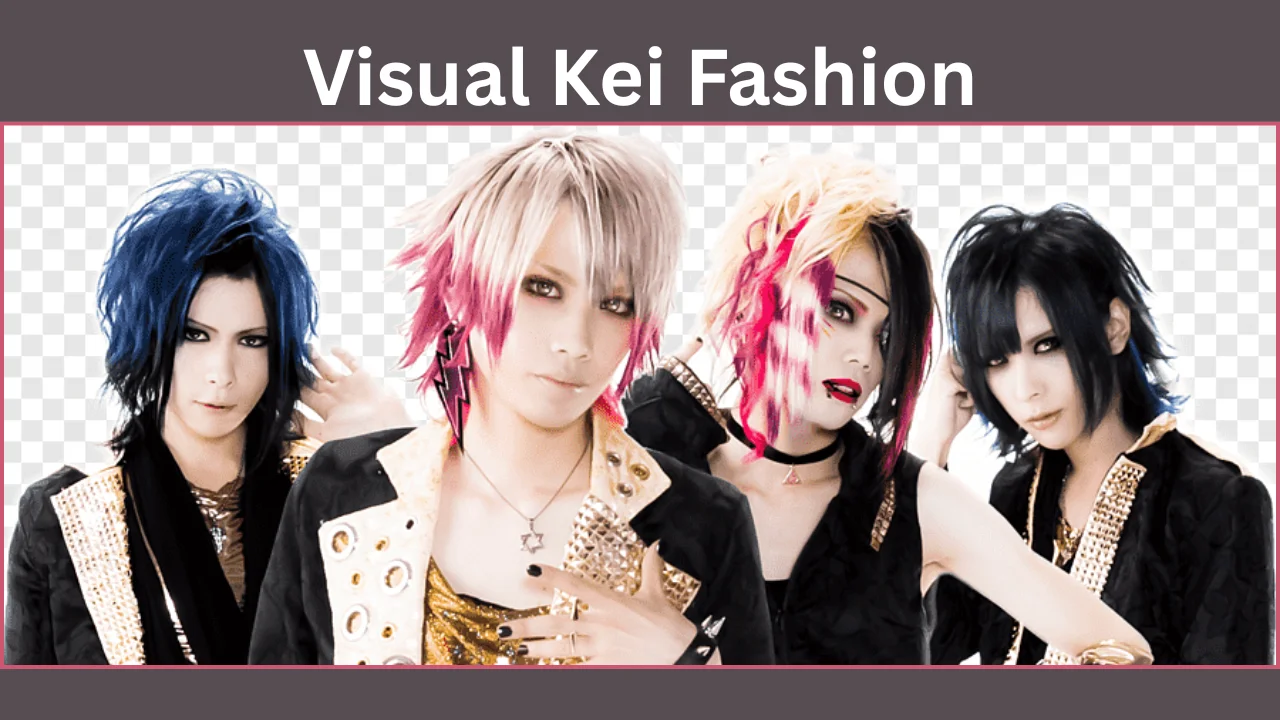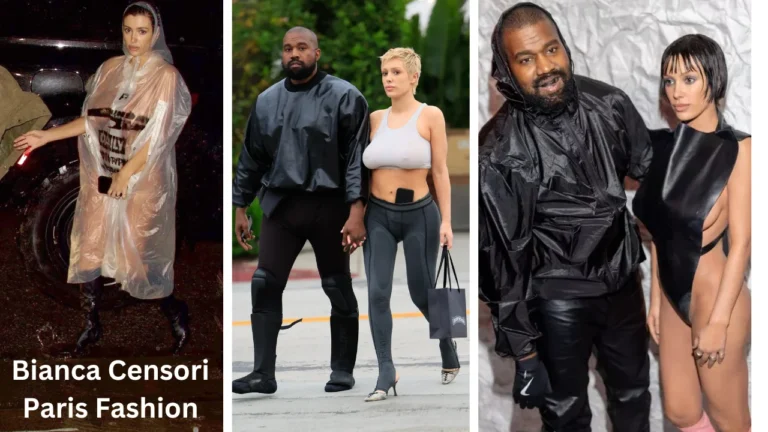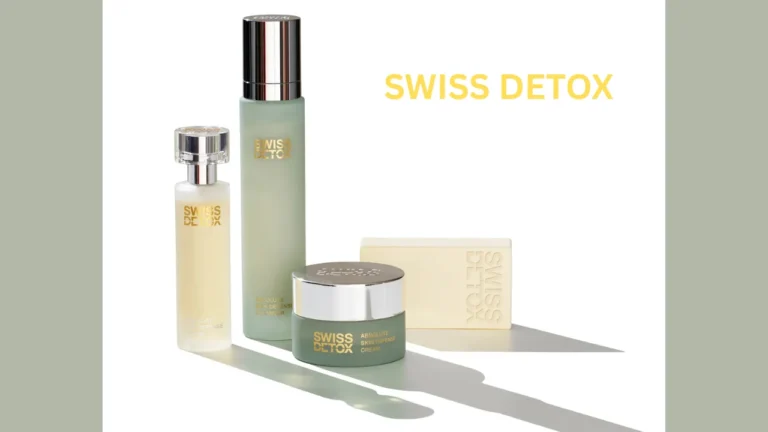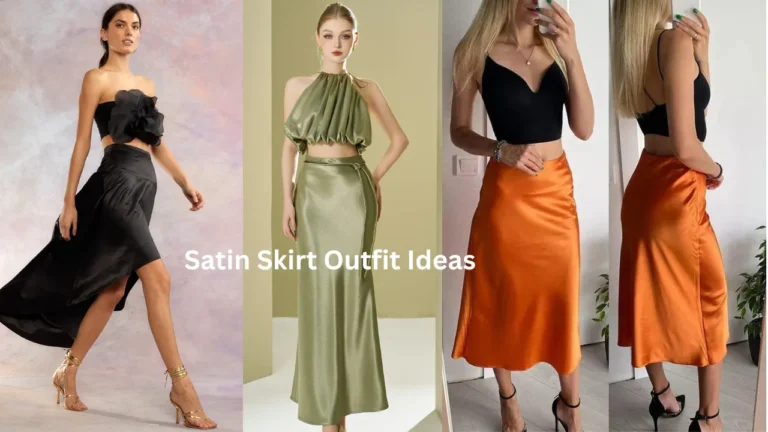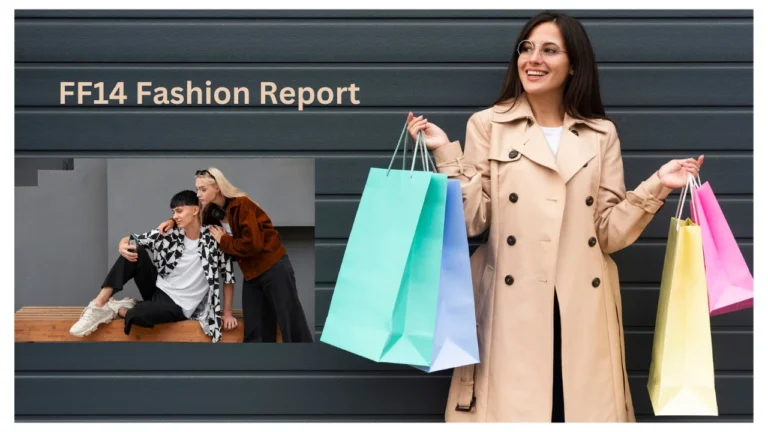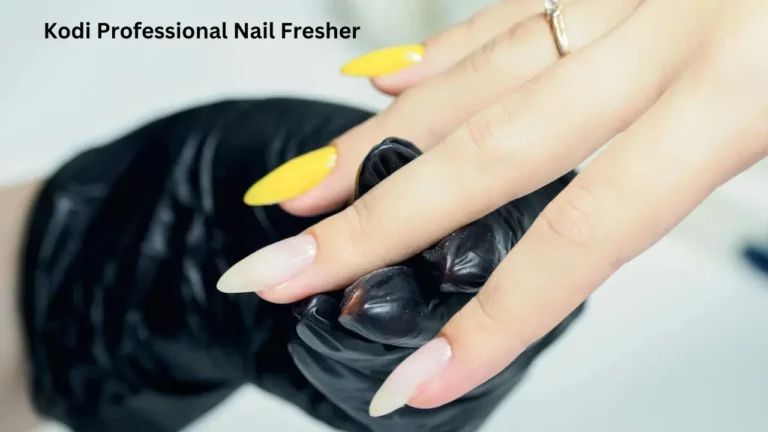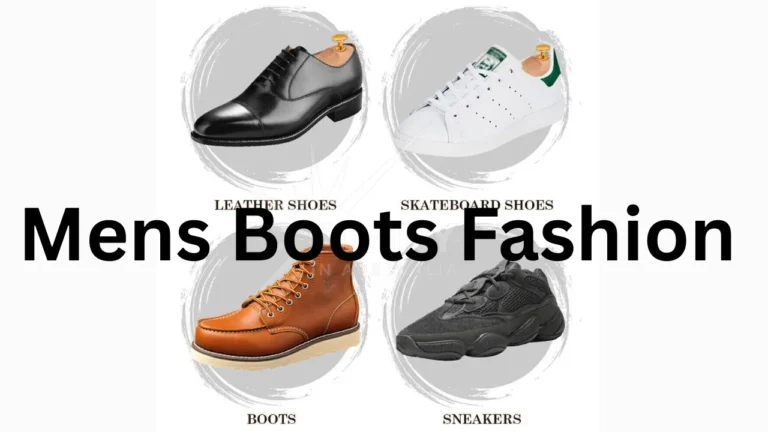Visual Kei Fashion Japan’s Boldest Style Origins And Top Trends
Visual kei fashion is not just a style it’s a cultural movement. Originating in Japan, it blends dramatic visuals, musical rebellion, and self-expression. Rooted in rock music, this fashion style has grown into a powerful aesthetic embraced globally.
Explore the latest trends and timeless styles at Webfreen.com Fashion
What is visual kei fashion ?
Visual kei fashion is a bold and theatrical style of clothing that originated in Japan. It’s closely tied to a music genre called visual kei, which combines rock or metal music with dramatic visual performances. This fashion is known for its androgynous looks, heavy makeup, elaborate hairstyles, and eye-catching outfits.
Visual kei fashion is inspired by many styles, including glam rock, gothic, punk, and Lolita fashion. Artists and fans wear dramatic outfits featuring lace, leather, spikes, corsets, and platform boots. Hair is often dyed in bright colors and styled in unique ways, while makeup includes eyeliner, foundation, and bold designs.
ALSO READ: Fashion Pulis Fashion Entertainment Blog And Industry Gossip
Origins of Visual Kei Fashion
Visual kei fashion emerged in the late 1980s, pioneered by Japanese rock bands like X Japan, Buck-Tick, and D’erlanger. Influenced by glam rock, punk, and gothic aesthetics, the musicians defied traditional gender norms and societal expectations. Their on-stage presence wasn’t just about the music—it was about the entire visual performance.
Over time, this unique style evolved beyond the stage, gaining a loyal fan base that admired the expressive outfits, theatrical makeup, and nonconforming beauty standards.
The Music Behind the Look
The visual kei movement is deeply tied to Japanese rock (J-rock). The fashion is a visual representation of the band’s identity. From melancholic ballads to aggressive metal riffs, each musical sub-genre within visual kei contributes to a distinct look.
ALSO READ: 80s Black Fashion Trends Style And Culture
| Sub-Genre | Style Influence |
|---|---|
| Gothic Kei | Dark colors, corsets, lace |
| Angura Kei | Traditional Japanese mix |
| Kote Kei | Old-school, exaggerated |
| Oshare Kei | Bright, colorful, pop-like |
Fans mimic these looks, often customizing their outfits for concerts and meet-ups, turning shows into fashion runways.
Key Elements of Visual Kei Fashion
Visual kei fashion isn’t defined by one set of rules. However, certain key elements are consistently present:
Androgynous Appeal
Many visual kei artists blur gender lines. Whether male or female, the goal is to express artistry, not conform to gender norms. Men in heavy makeup and dresses, women in suits—it’s all about freedom.
Dramatic Makeup
Makeup plays a central role. Black eyeliner, white foundation, colorful eyeshadows, and intricate face designs create a look that demands attention. It’s a form of self-expression and stage presence.
Layered Clothing
Outfits often include multiple layers—long coats, frilly shirts, belts, gloves, and platform boots. The combinations are unique to the wearer’s taste and often custom-made or modified.
Hair as a Statement
Hair is dyed in vibrant colors—red, blue, silver—and styled in extreme shapes. Teased, spiked, curled, or braided, hairstyles are often the first thing you notice in visual kei fashion.
DIY Culture and Personalization
One of the core appeals of visual kei fashion is its DIY nature. Fans and artists alike often design or alter their own clothes. From adding lace to jackets to hand-painting boots, customization is everything.
This DIY culture makes every look personal. No two people look exactly the same, and that’s intentional. It’s a fashion movement driven by identity and personal story, not brand names or trends.
Influence of Visual Kei Fashion on Streetwear
While it started on the stage, visual kei fashion has crept into everyday Japanese street fashion. In Tokyo’s Harajuku district, you’ll often see visual kei-inspired outfits—minus the stage-level drama.
Brands like h.NAOTO, Alice and the Pirates, and Moi-même-Moitié cater to this niche, offering pieces that blend Victorian, punk, and gothic styles.
Visual kei also influenced Lolita fashion, particularly gothic and punk variants. There’s a crossover in aesthetics—ruffles, lace, structured jackets—though visual kei allows more freedom and less strict rules than Lolita.
Gender Expression and Fluidity
Visual kei fashion broke barriers in Japanese culture regarding gender expression. It gave a platform for individuals to wear what they wanted—regardless of gender. The emphasis is not on looking “masculine” or “feminine” but on looking visual.
This has opened the door for LGBTQ+ individuals in Japan and worldwide to embrace the style as a form of freedom and rebellion against rigid gender roles.
Visual Kei Fashion vs Other Subcultures
To understand visual kei fashion better, it helps to compare it with similar fashion subcultures:
| Fashion Style | Core Difference |
|---|---|
| Gothic Lolita | More structured, rules-based aesthetic |
| Cyberpunk | Futuristic, neon tech influence |
| Punk | Political, raw, more street-level DIY |
| Visual Kei | Theatrical, glam, rooted in performance |
Visual kei fashion is unique in how deeply it intertwines music, makeup, and personal storytelling.
Popular Visual Kei Icons
Some notable visual kei artists and bands that shaped the fashion include:
- Mana (Malice Mizer) – Pioneer of gothic elements and androgynous beauty
- Hizaki (Versailles) – Known for his elegant, dress-heavy looks
- Gackt (ex-Malice Mizer) – Blended modern chic with classic visual kei roots
- Ruki (the GazettE) – Helped popularize darker, contemporary styles
These artists became more than musicians; they became style icons, influencing fans worldwide.
How Fans Engage with Visual Kei Fashion
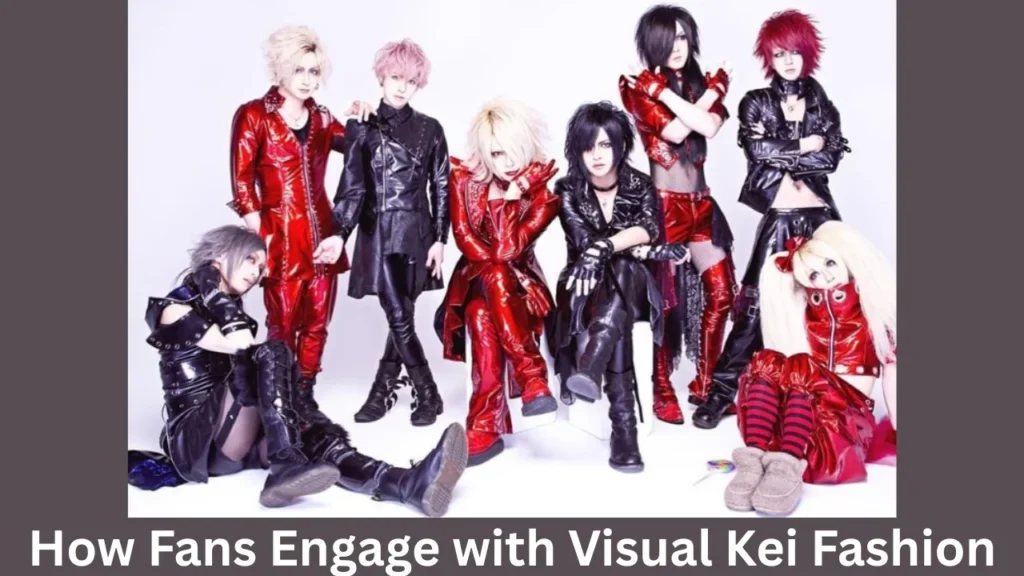
Fans don’t just wear the fashion—they live it. They attend events in full gear, often mimicking their favorite artist’s look. Cosplay and fan photography are common, especially in Japan’s fashion-forward districts like Harajuku and Shibuya.
There are even fan magazines and online forums dedicated solely to discussing looks, makeup tutorials, and DIY tips. Instagram and TikTok have amplified this culture, bringing visual kei fashion to a wider global audience.
Challenges and Misconceptions
Despite its bold appeal, visual kei fashion faces several challenges:
- Misunderstanding: Many outsiders mistake it for cosplay or think it’s only about being “weird” or “extreme.”
- Cultural Gatekeeping: Some Japanese purists believe non-Japanese fans misrepresent the style.
- Commercialization: As it gains popularity, some fear the essence of visual kei is being diluted by mainstream fashion brands.
But those who embrace it argue that the core—self-expression and freedom—will always remain intact.
Global Spread of Visual Kei Fashion
From Japan, visual kei fashion has spread across the globe. In Europe and the U.S., dedicated fan bases host meetups, fashion walks, and band tributes. Some even form bands inspired by Japanese counterparts.
Western fashion designers have borrowed elements like dramatic silhouettes, heavy layering, and bold hair from visual kei. It’s now part of the broader alternative fashion movement, mixing into goth, punk, and emo circles.
Future of Visual Kei Fashion
As music continues to evolve, so will the look. Newer bands mix visual kei with EDM, hip-hop, and pop. Their style adapts accordingly, becoming more fluid and diverse.
Digital fashion—avatars, VTubers, and virtual concerts—also opens new avenues. Even in the metaverse, we see visual kei fashion elements in character design.
It’s safe to say the movement is far from fading—it’s simply transforming with the times.
Frequently Asked Questions
Is visual kei fashion only for men or women?
Visual kei fashion is gender-fluid. It’s designed for anyone, regardless of gender. Many visual kei artists and fans wear makeup, dresses, suits, or androgynous outfits to express themselves freely and creatively.
Do you have to listen to visual kei music to wear the fashion?
No, you don’t have to. While the fashion started in the visual kei music scene, many people now enjoy the style for its unique look and self-expression. Some fans love the fashion even if they don’t follow the music closely.
Can I wear visual kei fashion every day?
Yes, you can! Some people wear toned-down versions for everyday use, while others go all out for concerts or events. Visual kei fashion is flexible—you can adjust it to fit your comfort level and personal style.
Conclusion
Visual kei fashion is an evolving art form. It’s music, culture, identity, and rebellion stitched into fabric and paint. It’s about breaking free from norms and embracing who you really are—loudly and proudly.
Whether you’re a longtime fan or just discovering it, visual kei fashion invites you to see the world not just in black and white, but in all the vivid, dramatic colors it has to offer.

